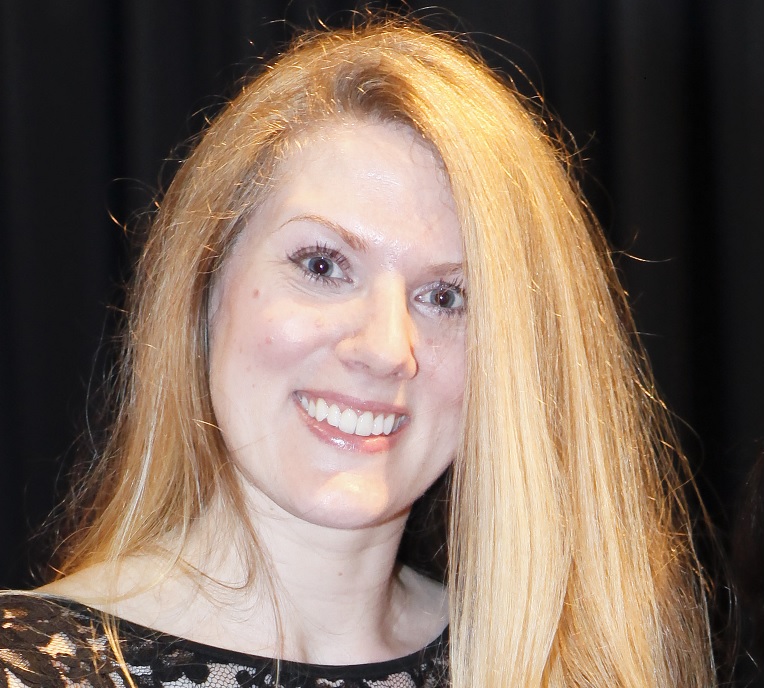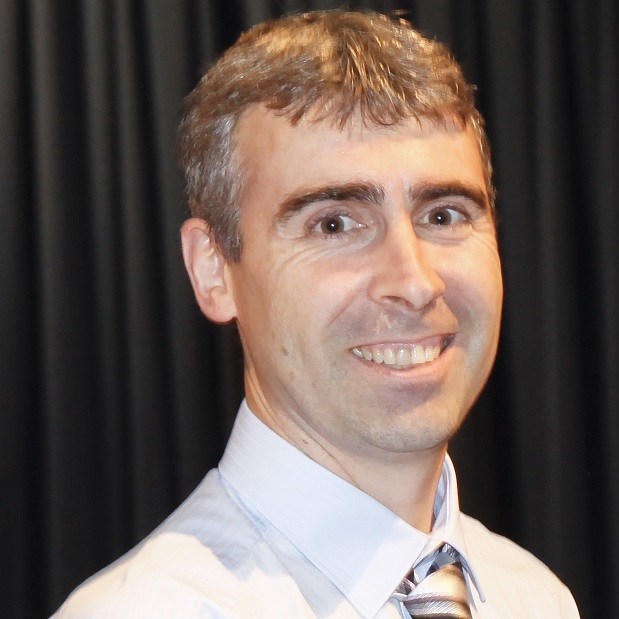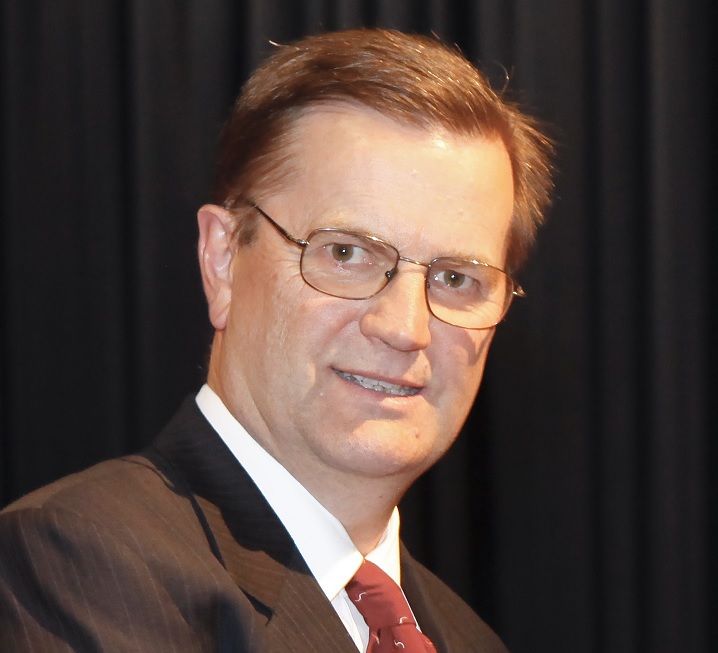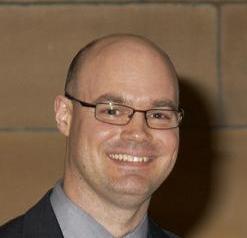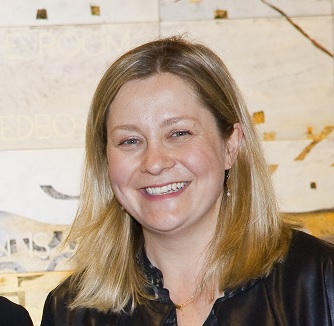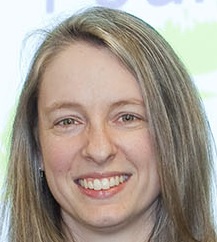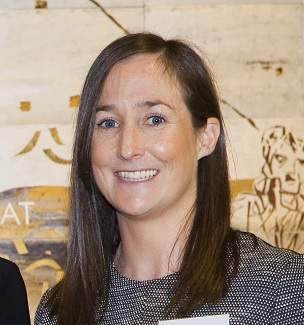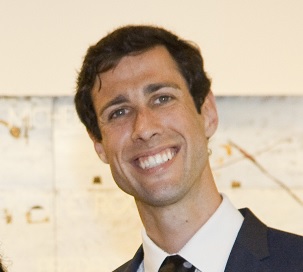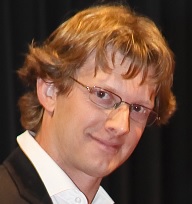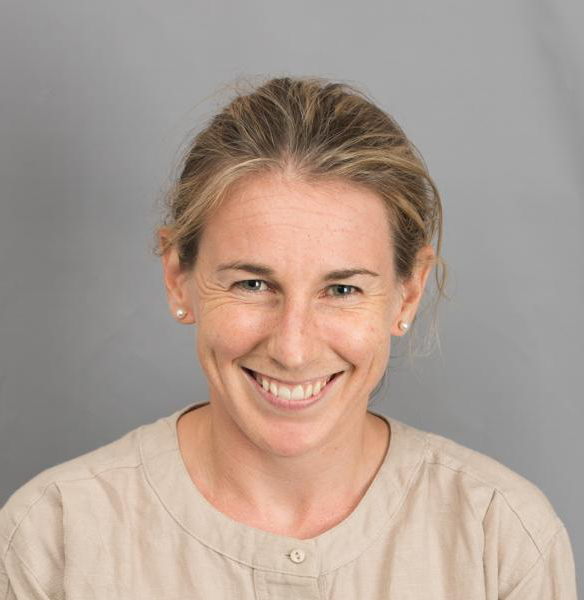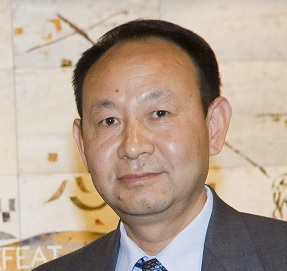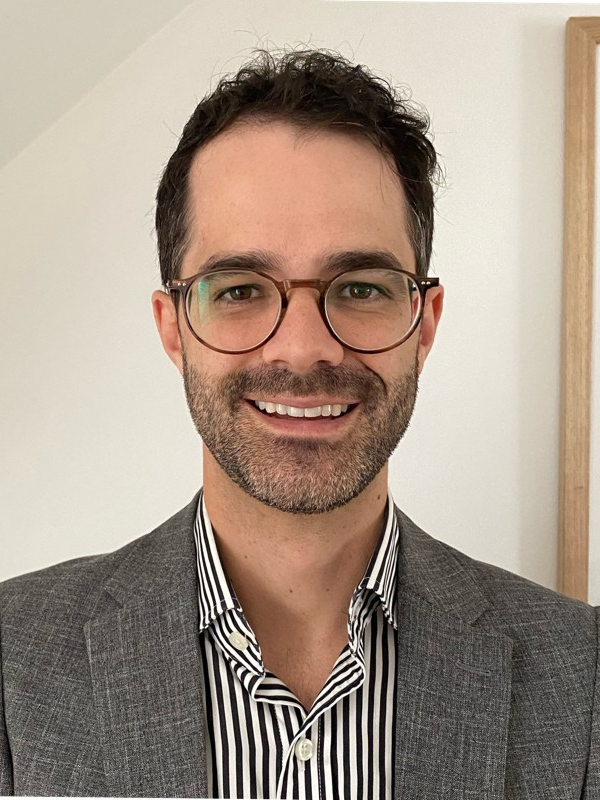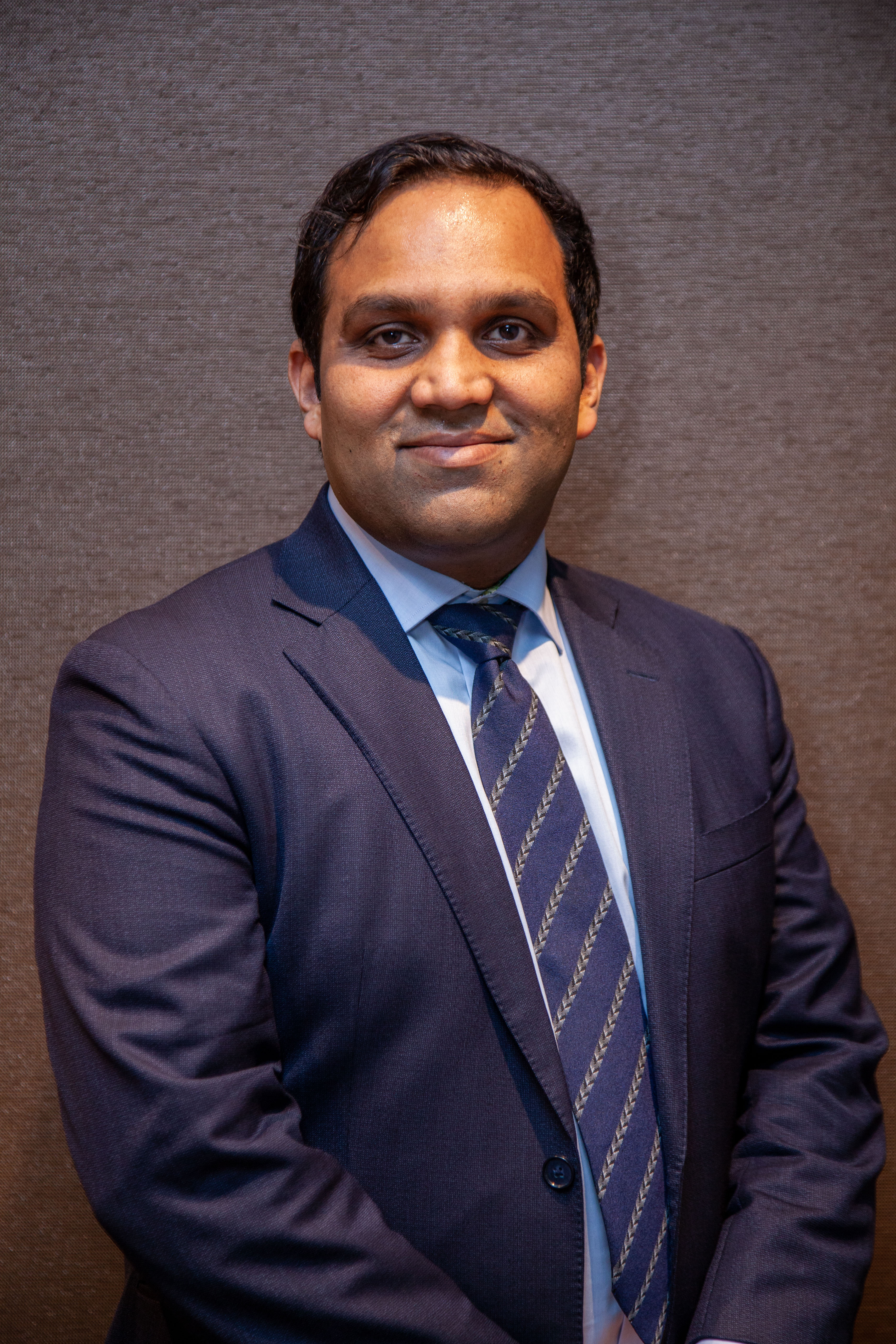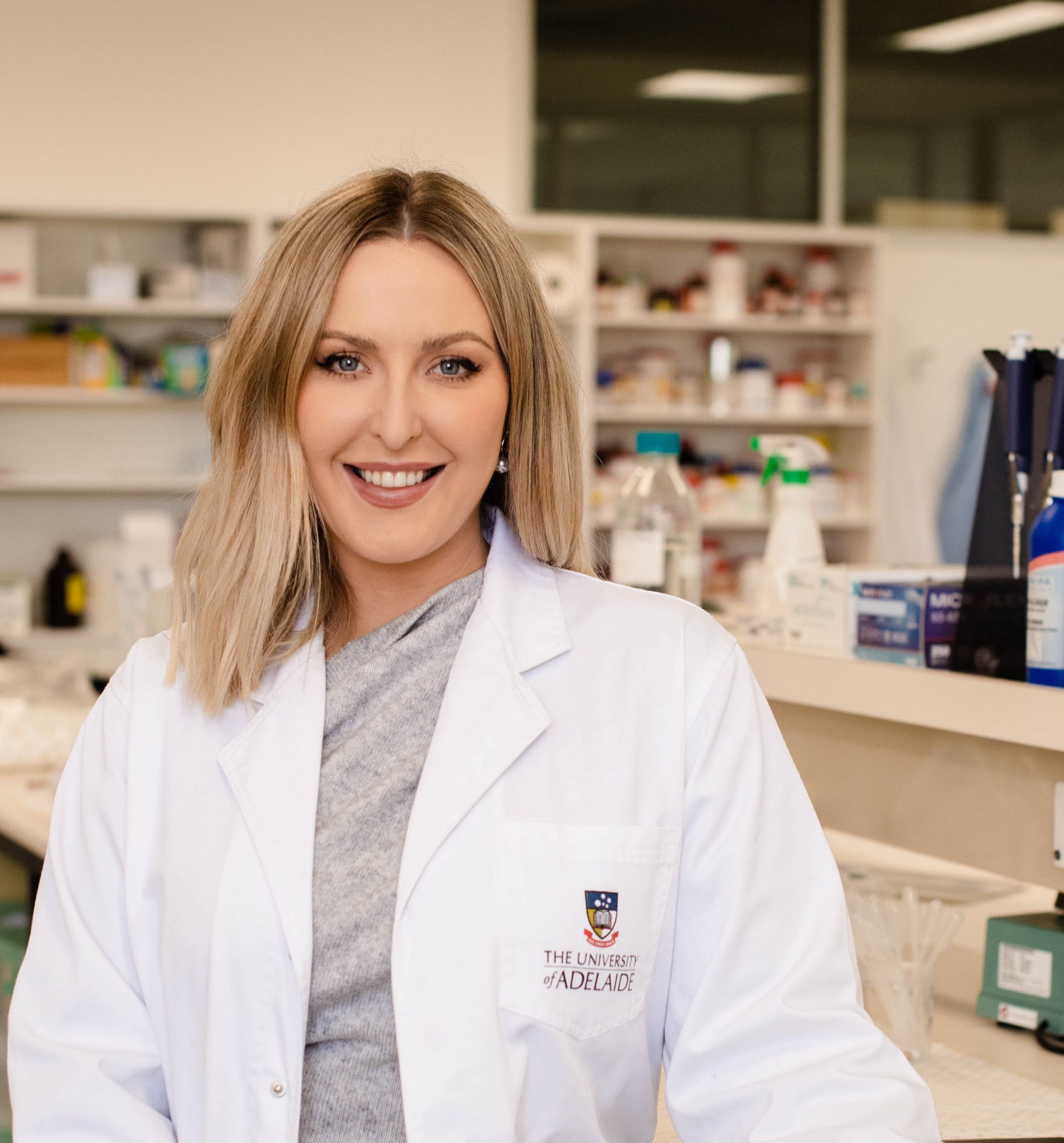
Search
20 Jan Neurodegenerative Diseases
...circuit of the brain during the period of juvenile development and learning in these finches. This implies that in humans α-synuclein also has a normal role in learning and memory....20 Jan Neurodegenerative Diseases
...processes in the brain, but the best available techniques are labour intensive and require highly skilled technicians to manually trace target brain structures using the operator’s expert knowledge of neuroanatomy....26 Jan Parkinson’s Disease Award
Project Summary: Parkinson’s disease is an incurable neurodegenerative brain disorder affecting many older Australians, recognisable by the characteristic tremor observed in patients. The reasons why nerve cells in Parkinson’s disease...15 Jan Epilepsy Award
...effectiveness of these drugs, as well as a major deficit of knowledge. Research from our lab has found that some of the most commonly used drugs seem to This Brain...27 Jan Parkinson’s Disease Award
...testing paradigm accurately reflect FOG behaviour recorded in patients in their home environment, we will be able to utilise this paradigm in future functional brain scanning experiments. The results of...31 Oct Chronic Headache and Migraine
...Tomlinson has (with the support of Brain Foundation Research Gifts) established proof-of-principle that nerve excitability studies can be used to detect changes in peripheral nerve excitability in patients with neurological...09 Dec EPILEPSY
...of the funding provided by the Brain Foundation. PROJECT SUMMARY: Epilepsy affects more than 250,000 Australians, with many of these being refractory to conventional therapies. This is a very costly...09 Dec EPILEPSY
...a significant health burden on patients who suffer traumatic brain injury (TBI), which is observable and may be preventable. PTE is often treatment resistant, and associated with significant morbidity and...08 Dec ELIZABETH PENFOLD SIMPSON AWARD
PROJECT ABSTRACT: Transcranial direct current stimulation (tDCS) is a noninvasive brain stimulation technique that has potential for clinical utility in neurorehabilitation. However, recent evidence indicates that the responses to tDCS...02 Sep Contact Us
...5967 PO Box 579 Crows Nest NSW 1585 Suite 21 Regent House 37-43 Alexander Street Crows Nest NSW 2065 Become a member of the Brain Foundation – read more....30 Nov Neurodegenerative Diseases
PROJECT SUMMARY: One of the main pathological hallmarks of Alzheimer’s disease (AD) and other neurodegenerative diseases called tauopathies is the presence of large protein tangles within brain cells called neurons....31 Oct Neuro-Trauma
...harness the brains capacity for plasticity to optimise functional outcome. The use of music therapy as a non-invasive intervention to improve recovery of movement following neurological injury is gaining momentum....31 Oct Higher Cortical Function
...Synaesthesia is intrinsically linked to neural hyperconnectivity and developmental neural plasticity this study may hold benefits in other areas of rehabilitation, for example stroke recovery and brain training. Progress Report...14 Jun Dystonia Webinar
The Brain Foundation is providing you with a free detailed online presentation on Dystonia. Dystonia is a neurological disorder characterised by involuntary muscle contractions which may lead to repetitive movements...19 Oct Neurodegenerative Diseases Award
...animal model of HD (Wright et al., 2015, Translational Psychiatry). We will investigate how this drug works in the brain, and test a better, more efficient version of the drug....11 Feb Stroke Award
Stroke Award funded by Frank & Morphyn Young Estate Does increased activity of the sodium/calcium exchanger (NCX) ion channel protect the brain from stroke? Associate Professor Neville Knuckey Sir Charles...09 Dec ALZHEIMER’S AND OTHER NEURO DEGENERATIVE DISEASES
...diagnosis, disease monitoring, and assessment of response to therapeutic treatment – none of which currently exist for ALS patients. RESEARCH OUTCOME: Thanks to initial funding support from the Brain Foundation,...09 Dec CEREBRAL DISEASES
Watch Dr Marcus Stoodley accept the research grant award on behalf of Zhenjun Zhao and hear a bit about the project. PROJECT SUMMARY: Brain arteriovenous malformations (AVMs) are abnormalities of...12 Oct Movement Disorders incl. Parkinson’s & related diseases, Dystonia, Hunting
...better define the abnormal neural pathways and brain changes associated with this condition as well as outline the effect of this minimally invasive treatment on upper limb strength, coordination and...10 Dec In Memoriam
Thank you for thinking of making a donation to the Brain Foundation in honour or in memory of your loved one. Please complete a Memorial Tribute Form and mail/email to...06 Feb ARDOC: Australian Register of Disorders of Consciousness
...complete it, this more detailed form allows us to compile records of aspects of DoC for research purposes. All information is held only in the Brain Foundation’s secure database –...03 Apr Applying for Research Funding
...in late March, however, if you do not receive a notification and would like to be added to the researchers’ database, please email info@brainfoundation.org.au requesting to have your details included...23 Oct Neuromuscular Disease
...using imaging technologies to study blood flow in the brain. Recently, there have also been some studies that have used MRI imaging techniques to study blood flow of nerves in...21 Oct Elizabeth Penfold Simpson Award
...need for therapies that directly target the mechanisms of edema genesis. Neurogenic inflammation, mediated by substance P (SP) binding to the tachykinin NK1 receptor (NK1-r), is associated with blood-brain barrier...
 The Brain Foundation is the largest, independent funder of brain and spinal injury research in Australia. We believe research is the pathway to recovery.
The Brain Foundation is the largest, independent funder of brain and spinal injury research in Australia. We believe research is the pathway to recovery.PLEASE HELP US BY DONATING TO OUR RESEARCH PROGRAM.

